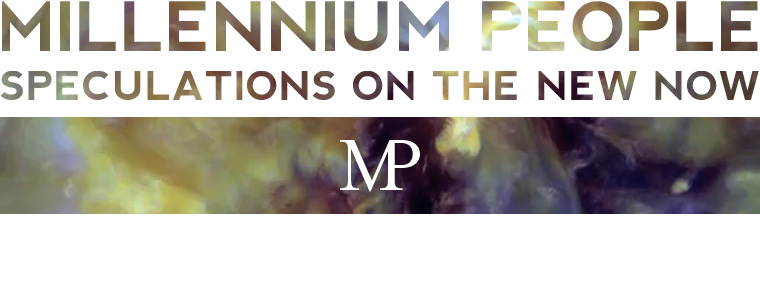
Sketch for Submarine Lair in the classic Bond 'The Spy Who Loved Me'.
On Tuesday night I was at the AA, just hanging around the bar, minding my own business, when I heard that Sir Ken Adam was going to give an interview downstairs. I was incredibly excited. If you're not aware of who he is, I will just say this: every James Bond set, gadget and gimmick – from machine gun headlights to volcano lairs– were his idea. As were the sets of Dr. Strangelove, much of Star Wars, Hornblower, Around the World in 80 Days, Chitty Chitty Bang Bang and he also consulted (apparently in a fairly involved manner) for 2001: a space odyssey (although he said that after Dr. Stangelove he didn't get on so well with Kubrick).
Further, he was the only German national to fight for the RAF during the Second War, and helped to provide air cover for the D-Day invasions: "Zthey said 'you juzt fly down zther, and fiare all your rockits' and I zthought 'that zounds simple' but... it vwas.... a lot more complicated than that."

Sketch for Dr. Strangelove's War Room (dir: Kubrick).
For the most part he reiterated the things I have heard him say elsewhere, which is why I won't be reiterating them here: go elsewhere. I'm just going to touch on one or two things that stood out. At one point he showed a slide of a drawing, and said "I had no idea who could have been doing a glass tower block like this one in 1928 in Berlin for my father's sports shop. And then, of course, I discovered it was a Mies. It was one of his forgotten projects. Even Moma didn't know about it." Needless to say a million architects reached for their pens. His photograph is not online, but the project is briefly described here.
He also postulated that the reason American Modernism was so strong and English Modernism so weak was because all the German exiles emigrated to the States – before the War the English had not taken a fancy to Modernism, and found it even unattractive as a style. He refered to 'Highpoint' in Highgate in particular. When he studied architecture at the Bartlett in 1936, he said, they were still teaching him to use Georgian and Edwardian styles. 1936. Shame. He wondered what would have happened if the English had embraced Modernity, instead of encouraging all the German Modernists to move further West.
The final point I'm going to write up is one he made about the Flowmaster pen. It was the first pen to have a felt nib and a transluscent replaceable bulb. Not only, he said, did it change the way he drew (up until that time only charcoal had provided him with the fluidity he desired) but it changed the way he designed. Later on he said, in reference to a modern render that had been done from one of his drawings, "I can tell, you kno, if a design hasz bin started by haand or as a computer architecture." He didn't express a preference, but I think the lesson is obvious: we are both limited, and afforded capabilities, with each new technology.
In the case of digital technology, the question must always be asked: are you designing that way because you can (that is, arbitrarily, because the technology allows for it)? Or, if given a blank piece of paper, or a charcoal stick, would you be trying to describe similar forms? What I really mean is, do you design digital architecture because you have digital means, or is the digital a design ideal in itself, unique from technology?
Roll that one over, Millennium People.




No comments:
Post a Comment